Conversion Efficiency in Charger Design
In modern life, chargers, as essential accessories for portable electronic devices, play a crucial role in user experience. The conversion efficiency of a charger is one of the key performance indicators, directly affecting charging time, energy consumption, and heat generation.
Definition and Importance of Conversion Efficiency
Conversion efficiency refers to the ratio of the actual output power to the input power when a charger converts alternating current (AC) to direct current (DC). It is usually expressed as a percentage. The higher the conversion efficiency, the less electrical energy is lost during the conversion process. High conversion efficiency can shorten charging time, reduce power waste, lower the charger’s temperature rise, and extend its lifespan.
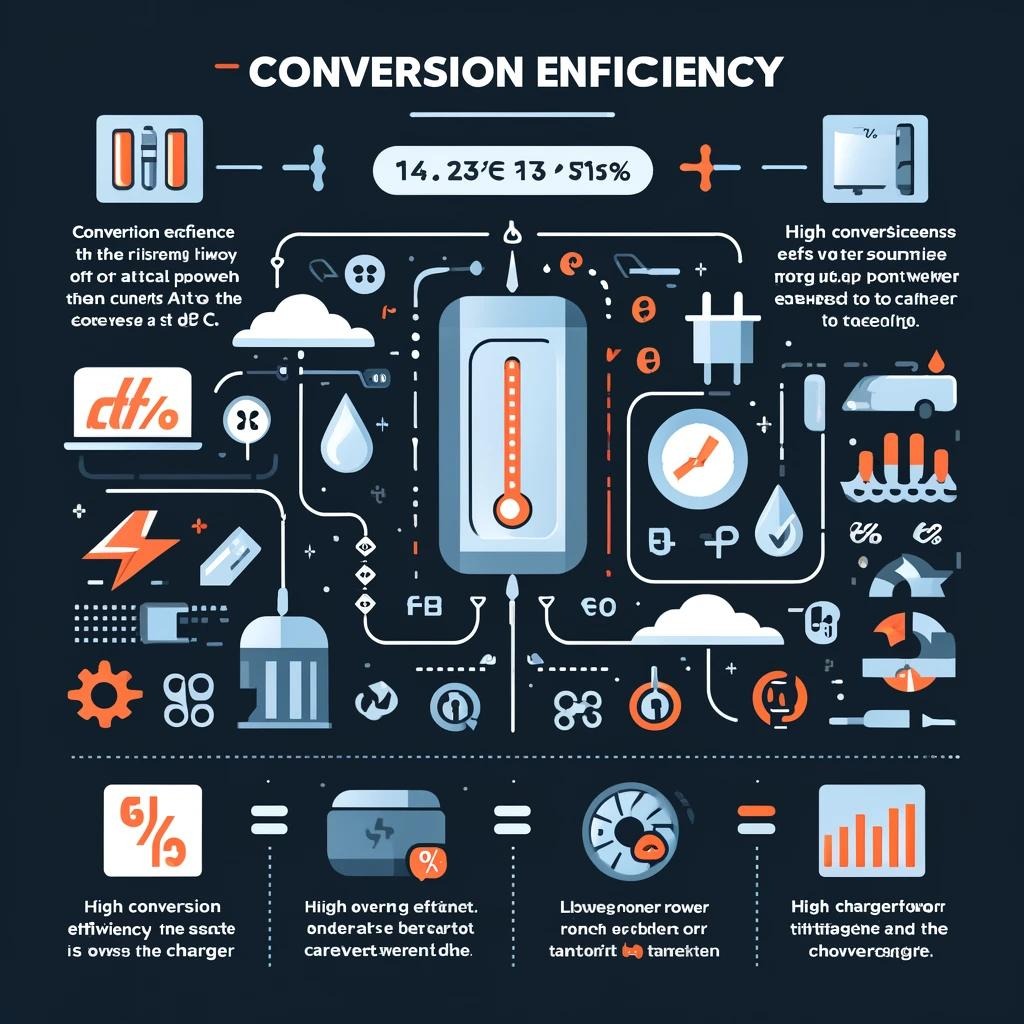
Factors Affecting Conversion Efficiency
1. Switching Power Supply Technology
Most modern chargers use switching power supply technology, which achieves energy conversion through high-frequency switching transistors. This technology is more efficient compared to traditional linear power supplies but also introduces challenges such as EMI (Electromagnetic Interference) and noise control. The design of switching power supplies needs to optimize switching frequency, topology, and power devices to improve conversion efficiency.
2. Selection of Power Devices
Power devices are one of the key factors affecting conversion efficiency. The application of new devices like MOSFETs (Metal-Oxide-Semiconductor Field-Effect Transistors) and GaN (Gallium Nitride) can effectively reduce switching and conduction losses during high-frequency operation, thereby improving conversion efficiency. Choosing power devices with low conduction resistance and fast switching speed is an important means to enhance charger efficiency.
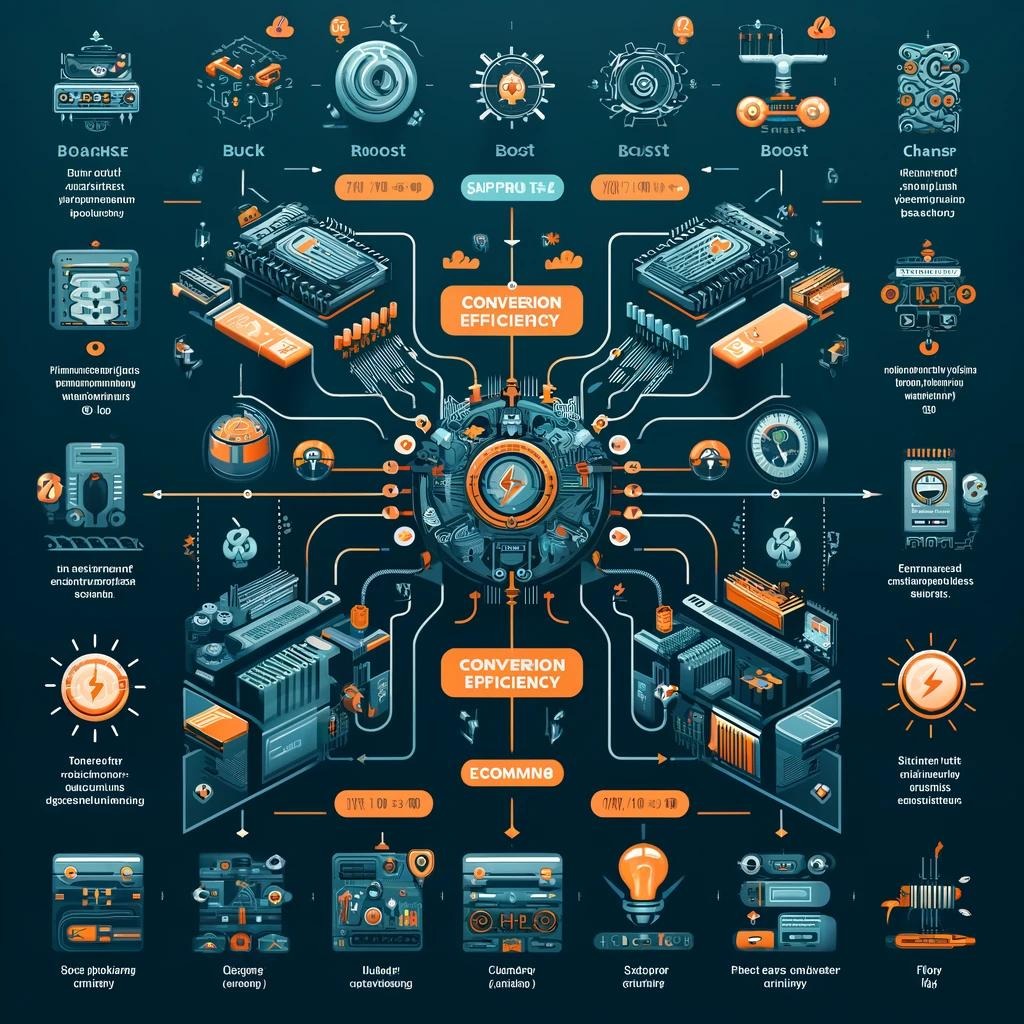
3. Magnetic Component Design
Magnetic components, such as transformers and inductors, play a crucial role in energy conversion. Optimizing the materials and design of magnetic components to reduce core and copper losses can significantly improve the conversion efficiency of chargers. For example, using high-performance ferrite materials and multilayer PCB windings can effectively reduce the losses in magnetic components.
4. Circuit Topology
Different circuit topologies have a significant impact on the conversion efficiency of chargers. Common topologies include Buck, Boost, Buck-Boost, and Flyback. Choosing the appropriate topology based on specific application requirements and operating conditions can maximize conversion efficiency. For example, the Buck topology is suitable for step-down applications, while the Boost topology is suitable for step-up applications.
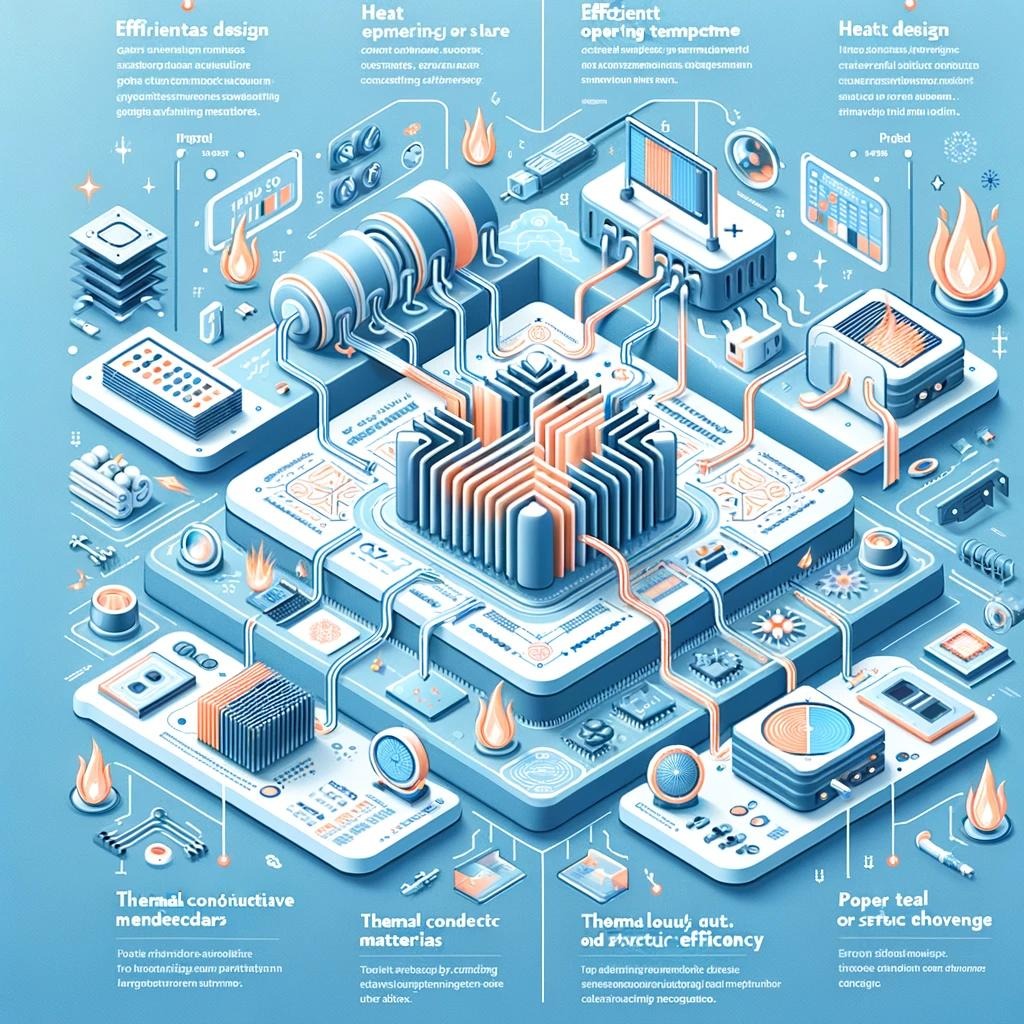
Optimization Strategies for Improving Conversion Efficiency
1. Soft Switching Technology
Soft switching technology reduces switching losses and EMI interference by controlling the switching devices to operate at zero voltage or zero current states. Common soft switching technologies include ZVS (Zero Voltage Switching) and ZCS (Zero Current Switching). This technology is widely used in high-frequency switching power supplies and can significantly improve conversion efficiency.
2. Efficient Thermal Design
During operation, chargers inevitably generate heat. Efficient thermal design can effectively reduce the operating temperature and minimize thermal losses, thereby improving conversion efficiency. Thermal design includes heat sinks, thermal conductive materials, and air or liquid cooling systems. Proper thermal layout and structural design are key to enhancing charger performance.
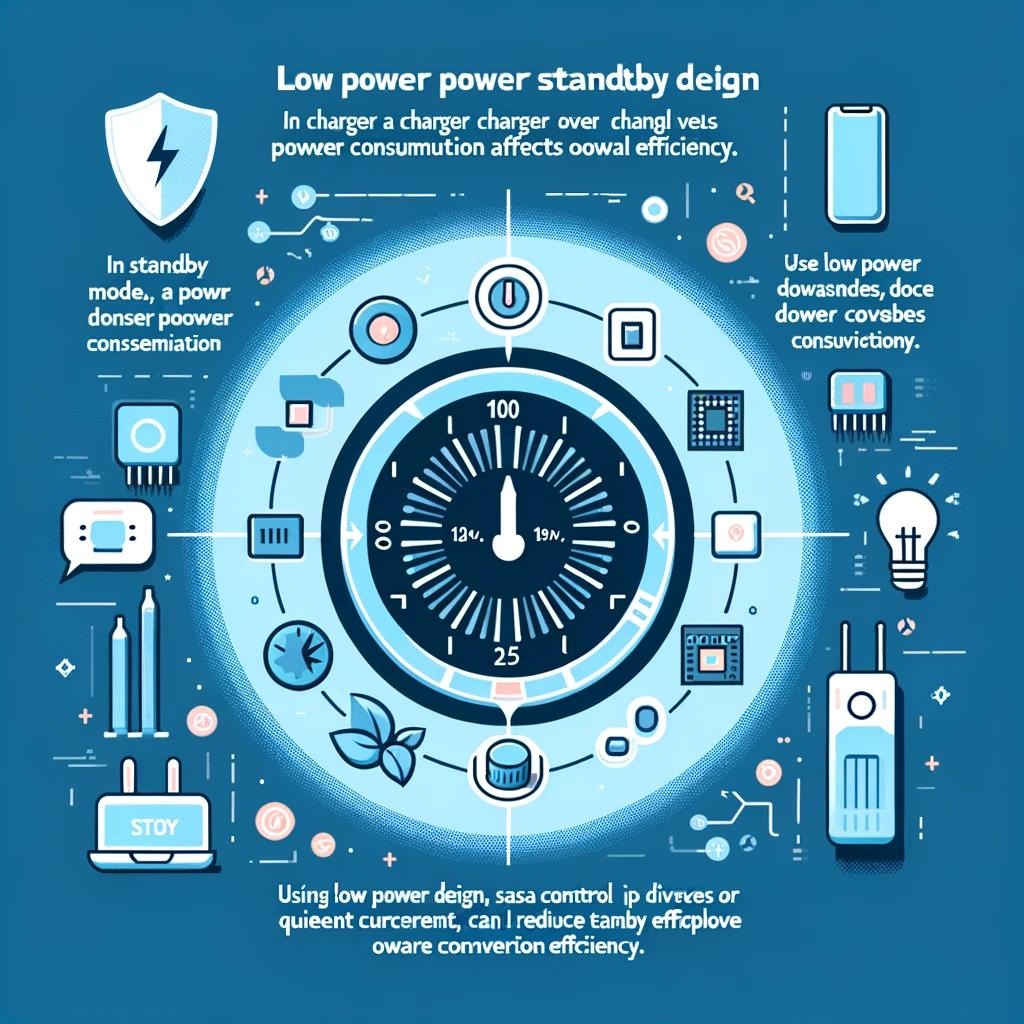
3. Power Management Algorithms
Intelligent power management algorithms dynamically adjust operating parameters to optimize charger conversion efficiency under different load conditions. For example, PWM (Pulse Width Modulation) control technology can adjust switching frequency and duty cycle based on load changes, ensuring that the charger maintains high efficiency in various operating states.
4. Low Power Standby Design
Standby power consumption is also a factor affecting overall efficiency. Adopting low-power design, such as using control chips and devices with low quiescent current, can reduce standby power consumption and improve overall conversion efficiency.
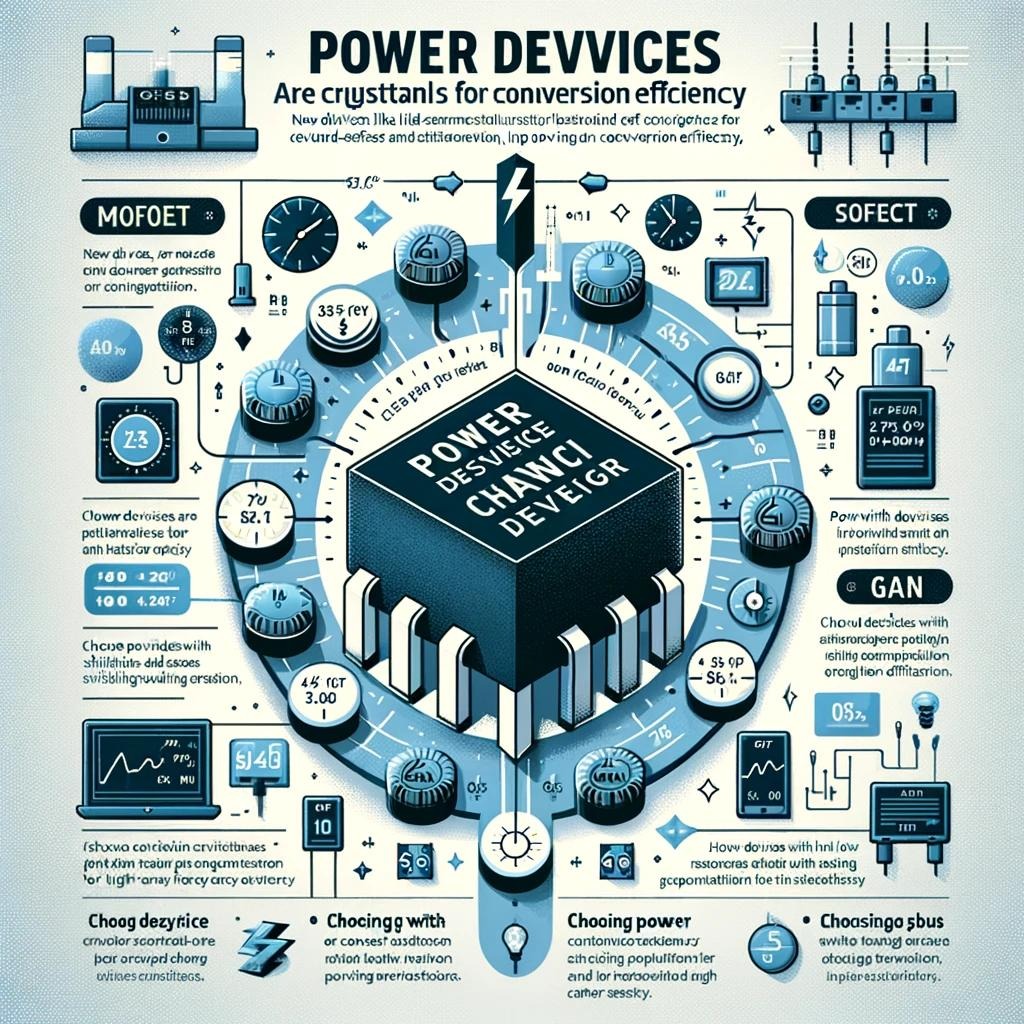
The conversion efficiency of a charger directly relates to energy utilization, charging speed, and device lifespan. By optimizing switching power supply technology, selecting efficient power devices, designing superior magnetic components and circuit topologies, and adopting soft switching technology, efficient thermal design, and intelligent power management algorithms, the conversion efficiency of chargers can be significantly enhanced. In the future, with the continuous development of new materials and technologies, charger design will become more efficient, intelligent, and environmentally friendly, providing users with a better experience.
